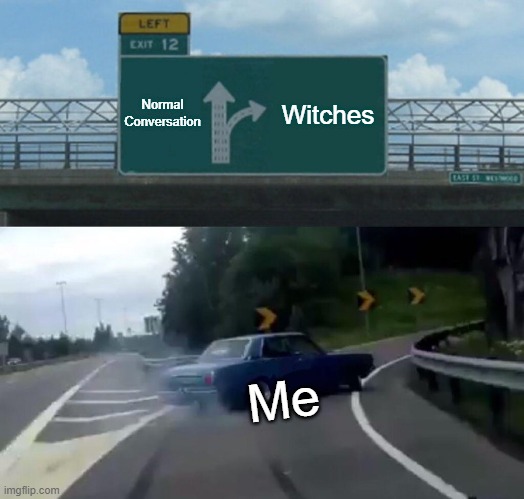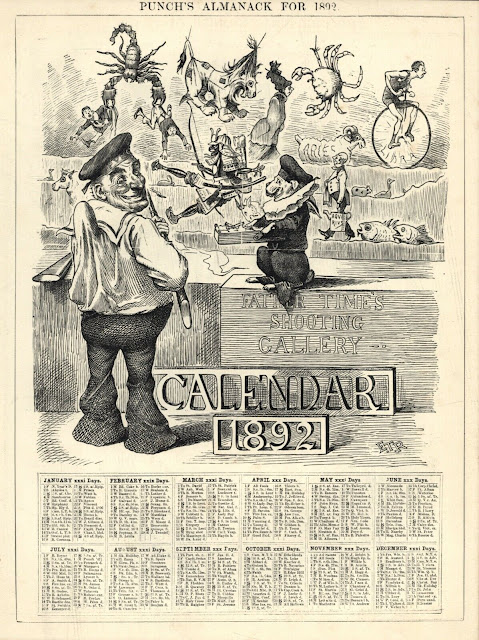 |
| Cover by Margaret Brundage |
So much so that I need to split his contributions into two posts. There may be three by the time I am done. That is how much of a footprint Howard and Conan left in D&D and other RPGs.
Witches were very much part of Conan's Hyborian world. Witches are mentioned and alluded too, but rarely seen, save for the ones mentioned below.
So today, for the Witches of Appendix N, let’s journey into the Hyborian Age and meet some of the women who wielded magical power in the world of Conan.
Salome: A Witch Shall Be Born
Howard’s most explicitly witch character is Salome, the titular witch of A Witch Shall Be Born (Weird Tales, 1934). A sorceress and twin sister of the noble Queen Taramis, Salome is the archetype of the evil twin usurper. She commands dark forces, imprisons and tortures her sister, and rules in her place through cruelty and bloodshed.
Salome is described as consorting with demons and sorcerers in her youth, and her magical power is seen in how she influences, manipulates, and brings ruin to a kingdom. She is every inch the pulp sorceress, beautiful, deadly, and corrupted by ancient evil. She was promiscuous where her sister Taramis was chaste, moral, and innocent. In the 1930s, this was akin to evil.
Sarah Douglas (who I'll be talking more about tonight) played the movie version of her, now named Taramis, in Conan the Destroyer. Did all that torture finally break poor Taramis, and she became more like her twin sister? (No, I know the producers didn't want her to be named Salome.)
Salome (and Taramis) have sparked a lot of imaginations, not just the Sarah Douglas movie, but also comics. These two images show the evolving look of Conan from the pulp days to modern comics.
Honestly, that John Buscema art might be one of the most famous pieces of Conan art ever produced.
I have even used Salome in my own games, after a fashion, when developing a few of my Witch Queens.
Tascela: Red Nails
In one of Howard’s best Conan stories, Red Nails (Weird Tales, 1936), we meet Tascela, a woman of ancient Stygian blood, still alive centuries after her time. Like Salome, she is both queen (well...called a "Princess of Tecuhltli") and enchantress. Tascela’s sorcery is tied to life-draining rituals and forbidden rites. She maintains her youth and beauty by absorbing the life force of others, literally sacrificing maidens and children to keep herself young. Valeria is a lot of things, but I never got "maiden" vibes off of her.
While not explicitly called a witch (except as an exclamation), her power is subtle. She appears regal, composed, but with an air of the perverse and profane. She leers at Valeria throughout the tale. Obviously, in the way a cat does a mouse, but there is a not-so-subtle sexual dimension to it all. Like Salome, Tascela is a witch and morally corrupt. Also, not a very subtle message.
Tascela’s magic has an Aztec flavor, marked by blood, sacrifice, death, and timeless horror. While "witch" is good, she is more likely some sort of profane necromancer.
 |
| From the unfinished "Red Nails" animation, designs by Jim Stenstrum |
Special Mentions
Witches and Wizards: Black Colossus
We meet the wizard Natohk, and "Vampires were abroad that night, witches rode naked on the wind, and werewolves howled across the wilderness."
Zelata and Akivasha: The Hour of the Dragon
Old Zelata admits she is a witch when she first meets King-in-exile Conan. Unlike many of the other witches, sorceresses, and spellcasters, Zelata actually helps Conan out. She is also helpful in uncovering the Heart of Ahriman.
Though not called a witch by name, Akivasha, the Stygian princess turned vampire from The Hour of the Dragon (1935–36), is one of the most enduring witch-like figures in Howard’s canon.
Akivasha is undead, beautiful, and incredibly dangerous. Her vampirism is not accidental or cursed; it is the result of necromantic sorcery meant to preserve her youth and power. She resides in the depths of an ancient dungeon and attempts to seduce Conan, not just with charm but with supernatural influence.
“I was a princess in Stygia... more than a thousand years ago... I was beautiful, and I would not fade. So I went into the shadows to cheat age with dark magic. I became... what I am.”
Howard describes her as cold and radiant, her beauty somehow terrible. She evokes the kind of ancient magical evil that remains alluring even as it damns. Or as I always say, "Evil always looks sexy."
An aside. There are lots of Stygian witches here.
Conan's Long Shadow
Without a doubt the Conan stories of Robert E. Howard are fundamental to the foundations of D&D and RPGs in general. Conan is the quintessential adventurer. Penniless one day, rich beyond dreams the next, penniless again. He ranges far and wide, he battles monsters, sorcerers, and entire armies. He is as much a part of D&D as Gandalf and Bilbo.
It is no shock that there have been so many Conan and Hyborian/Hyperborian RPGs out there. I could talk about them all here, but that is a better topic for my Fantasy Fridays.
Given this, I do find it a little odd that witches were not a more prominent part of D&D. I suppose it has been up to me to fill this gap.
No "Conclusion" today, I have Kull and Solomon Kane to deal with next, and maybe a third post on Howard's contributions to the world of RPGs beyond just witches.



























